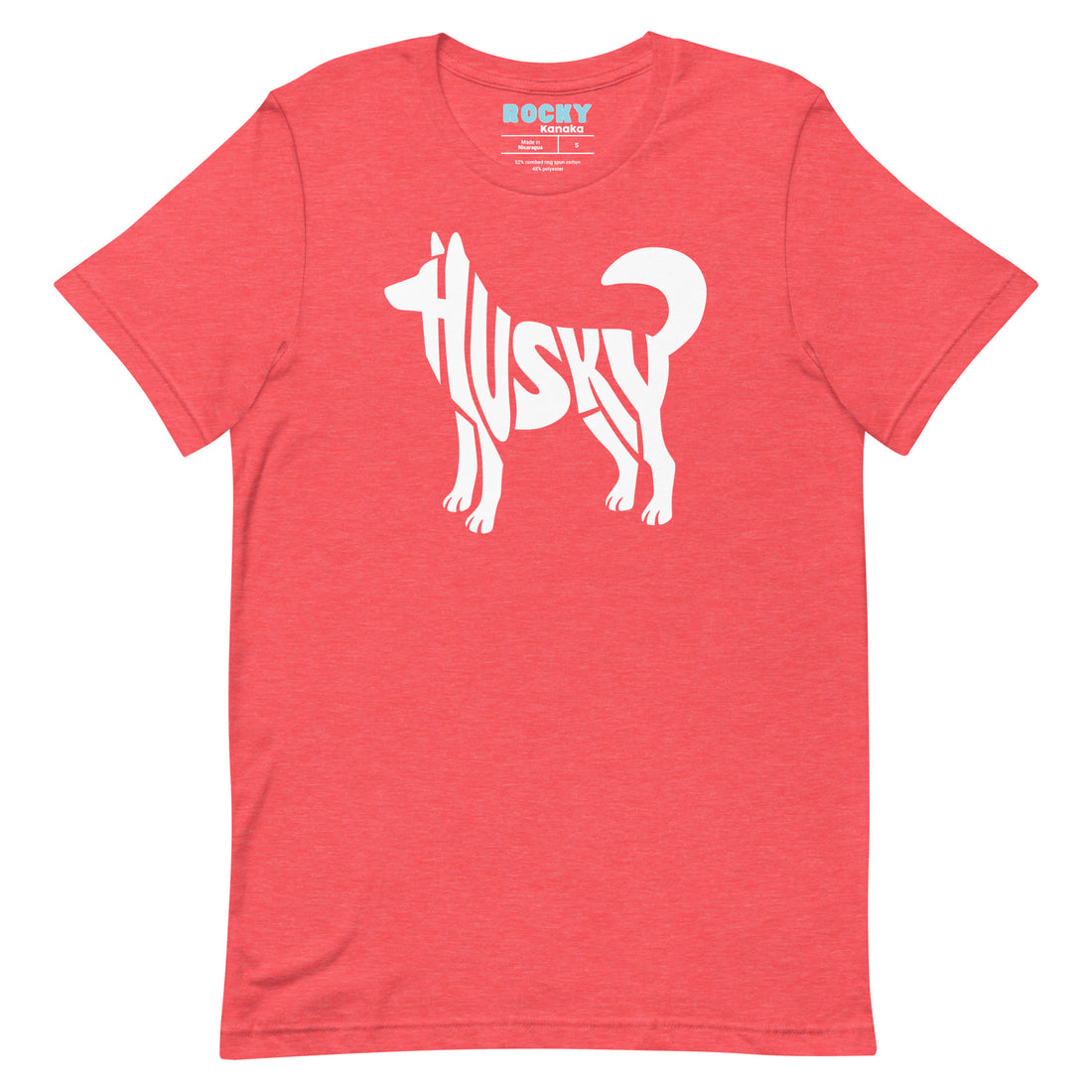Meet the World’s First Dog: Larger Than a Husky and 31,700 Years Old!
An international team of scientists has identified what they believe to be the world’s first known dog. This ancient canine, which roamed the earth 31,700 years ago, was a large and toothy creature, subsisting on a diet of horse, musk ox, and reindeer, according to a study recently accepted for publication in the Journal of Archaeological Science.

The remains of this prehistoric dog, excavated at Goyet Cave in Belgium, suggest that the Aurignacian people of Europe from the Upper Paleolithic period were the first to domesticate dogs. This finding is significant as it pushes back the date for the earliest known dog by 17,700 years, surpassing the previous record held by a 14,000-year-old canine found in Russia.

First Dogs Resembled Siberian Huskies, But Larger
Mietje Germonpré, a paleontologist at the Royal Belgian Institute of Natural Sciences, played a pivotal role in this research. “In shape, the Paleolithic dogs most resembled the Siberian husky, but they were somewhat larger, probably comparable to large shepherd dogs,” Germonpré explained to NBC News. The study involved analyzing 117 skulls of recent and fossil large members of the Canidae family, which includes dogs, wolves, and foxes.

The First Dogs Ate Large Land Mammals
One of the most intriguing aspects of this discovery is the insight it provides into the diet of these early canines. Isotopic analysis of their bones revealed a diet devoid of fish or seafood, focusing instead on large land mammals. This finding aligns with the lifestyle of the Aurignacians, known for hunting big game and fishing at different times of the year.

Germonpré speculates that the domestication of dogs may have begun with prehistoric hunters adopting wolf pups. This theory is supported by recent studies on silver foxes, which show that just 10 generations of breeding the most docile pups can lead to significant morphological changes.
The Bond Between Humans & Dogs
The discovery also sheds light on the ancient bond between humans and dogs. Ancient, 26,000-year-old footprints of a child and a dog found at Chauvet Cave in France suggest a long-standing companionship. Susan Crockford, a University of Victoria anthropologist and evolutionary biologist, while acknowledging the importance of this paper, offers an alternative view. She proposes that dogs may have undergone “self-domestication” from wolves more than once over history, a theory detailed in her book, “Rhythms of Life: Thyroid Hormone and the Origin of Species.”

This research not only provides a deeper understanding of the origins of man’s best friend but also opens new avenues for studying the evolution of domesticated animals. As Germonpré looks forward to more discoveries, particularly an extensive study on their teeth and jaws, the story of the world’s first dog continues to fascinate and enlighten.
Related Posts:
- Divine Canine: Why This Mystical Dog Was Worshiped as a God.
- The Mysterious Disappearance of the World’s Oldest Dog Breeds
- 5 Extinct Dog Breeds That Deserve to Be Remembered



